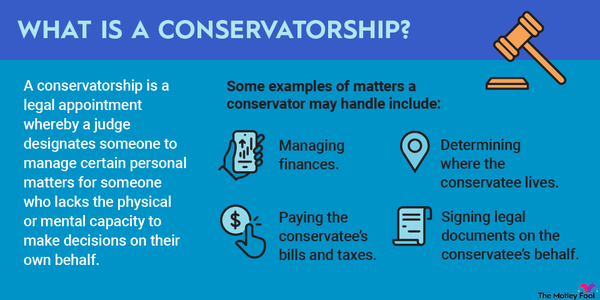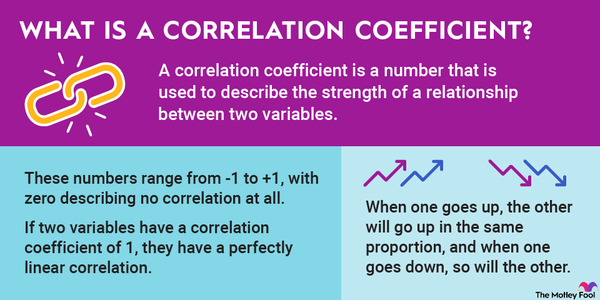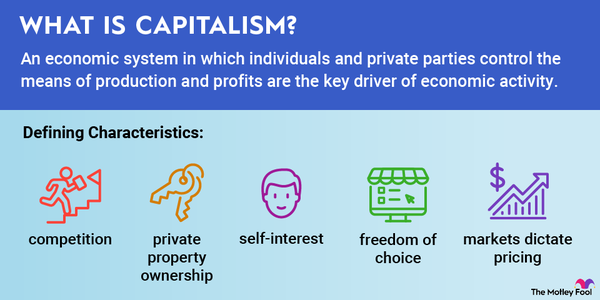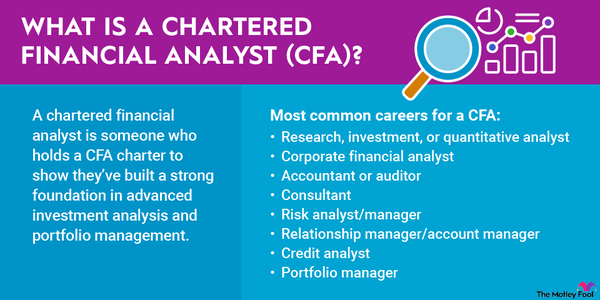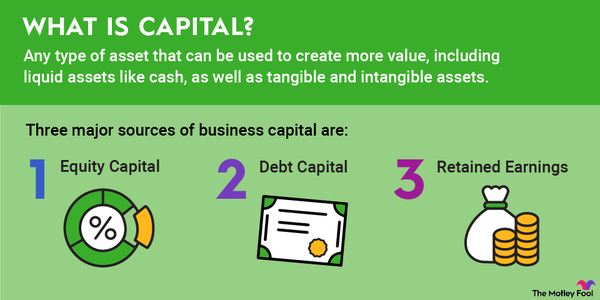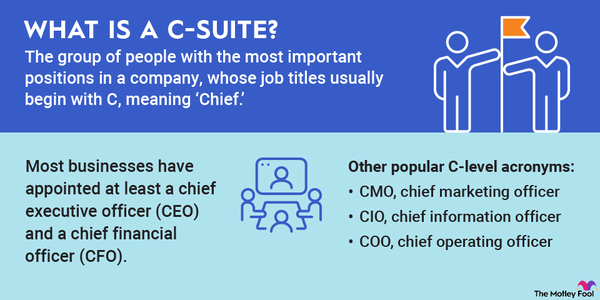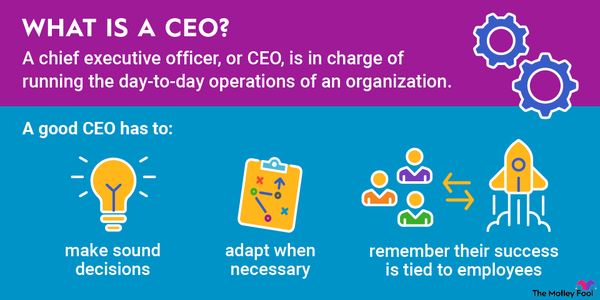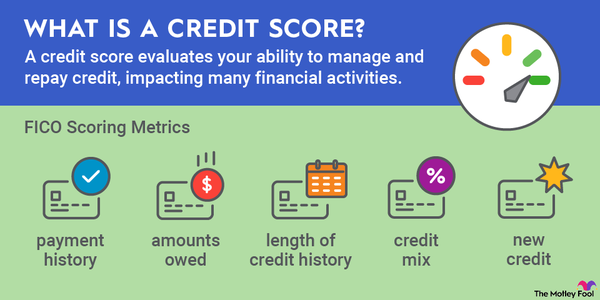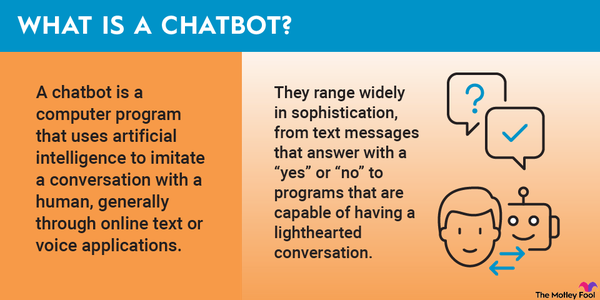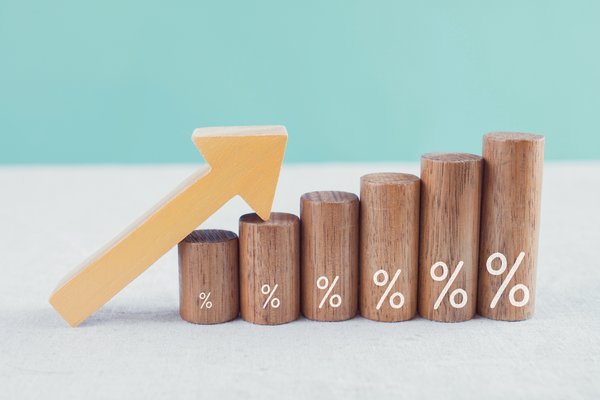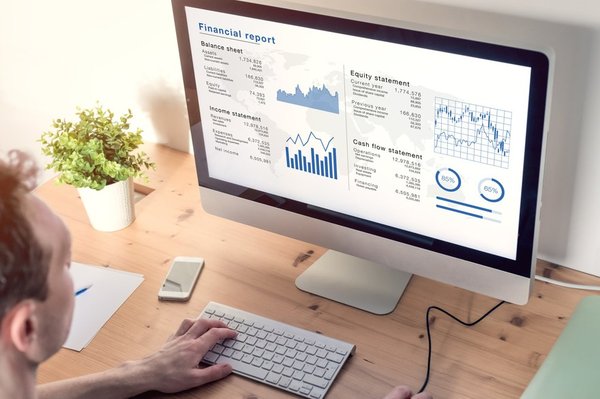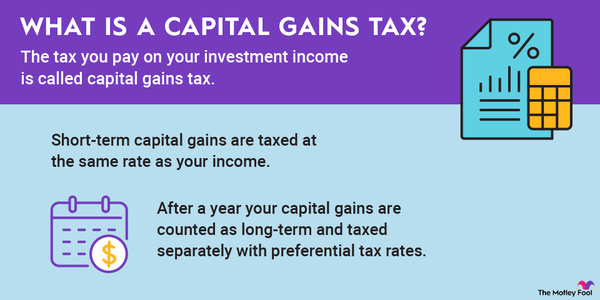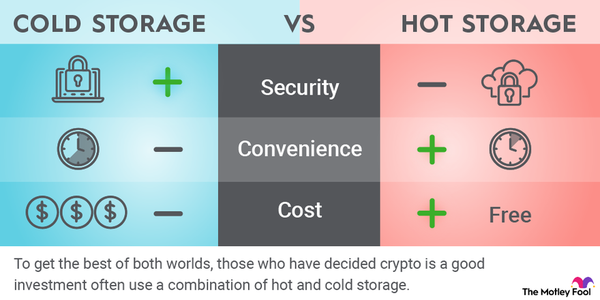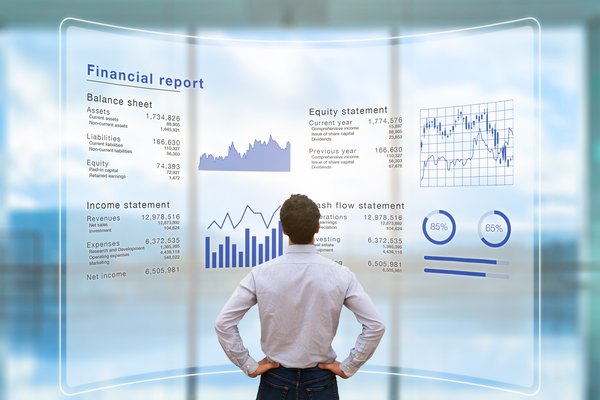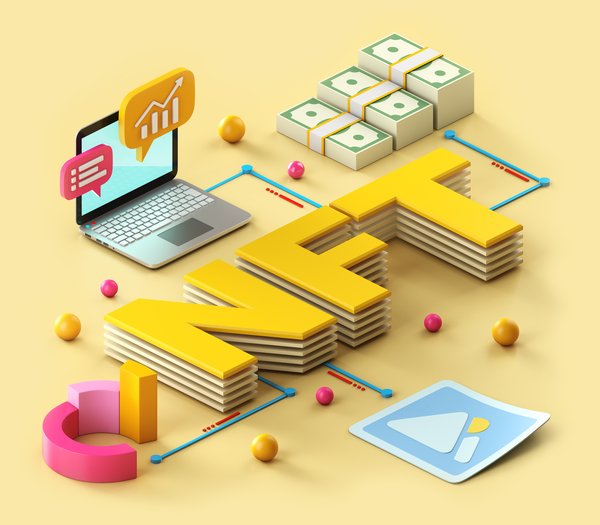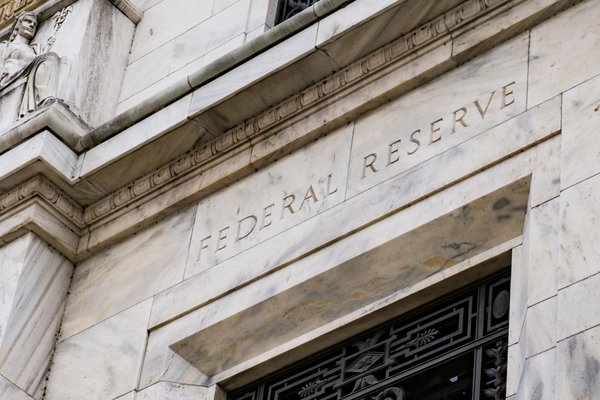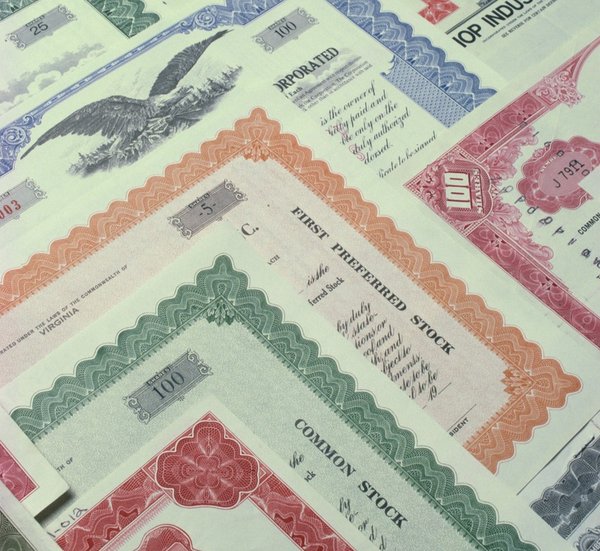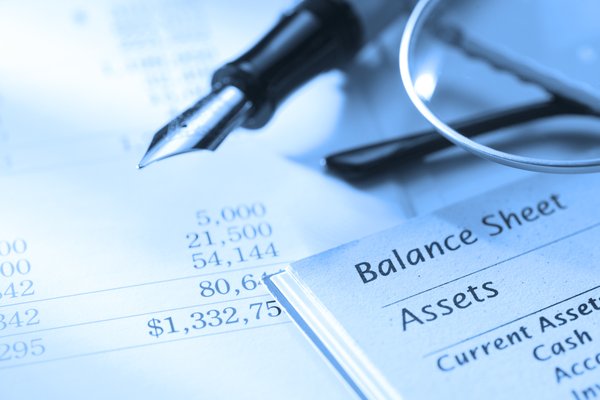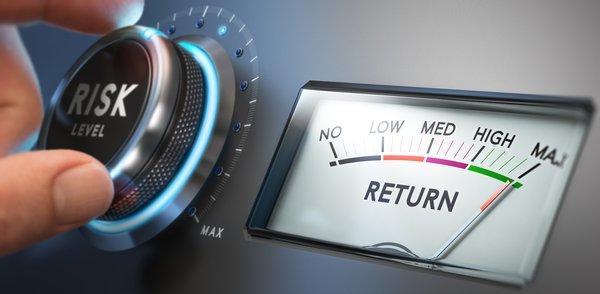You've probably heard of the Consumer Price Index (CPI), even if you don't know exactly what it means. Especially in inflationary times, the Consumer Price Index is a popular talking point in the business media since it's used as a proxy for inflation and has a direct impact on the daily lives of consumers.
Keep reading to learn more about what the Consumer Price Index is and how it affects the economy and your budget.

What is the CPI?
What is the Consumer Price Index (CPI)?
In the U.S., the Consumer Price Index is a measurement by the Bureau of Labor Statistics of the average change in the prices paid by urban consumers for a basket of goods and services, including shelter, food, gasoline, utilities, automobiles, and products sold in stores, among other things.
There is more than one Consumer Price Index, but the CPI-U (for urban consumers) is the one that is generally referenced in the media and by economists and is used to make decisions.
What you should know
What should you know about the CPI?
The Consumer Price Index report comes out monthly, usually around the 10th of the month.
There are two growth rates that the index tracks: the month-over-month reading and the year-over-year reading, or how much consumer prices have gone up in the last month and last year.
Media outlets tend to report the monthly figure, although that can be confusing or misleading since they don't always specify that the figure is just for one month.
You should also be aware of the Core Consumer Price Index, which strips out more volatile categories like food and energy, which can swing from month to month since they're based on commodity prices. Some economists prefer to use the Core CPI to understand changes in consumer prices since core changes are more lasting.
The CPI isn't the only tool for measuring inflation. There's also the Producer Price Index (PPI), which measures prices at the wholesale level, and the Personal Consumption Expenditures Price Index (PCE), which is the Federal Reserve's preferred inflation gauge.
Why does it matter?
Why does the CPI matter?
The Consumer Price Index is one of the most influential pieces of economic data for two main reasons.
First, the Consumer Price Index determines the cost-of-living adjustment (COLA) for Social Security each year. The increase in Social Security payments is based on the CPI-W, which is a subset of the CPI-U and is called the Consumer Price Index for Urban Wage Earners and Clerical Workers.
The CPI is also used to determine other price and wage increases, including government salaries, rents, and thresholds for government assistance.
The second major way the Consumer Price Index affects the economy is its effect on monetary policy. The Federal Reserve is charged with the goal of maintaining an inflation rate near 2%. The Fed raised benchmark interest rates substantially to fight high levels of inflation in 2022, leading to higher borrowing rates for everything from mortgages to auto loans and prompting a potential economic slowdown.
Higher rates also caused the stock market to decline in 2022 since higher rates tend to lower stock valuations by making fixed-income investments like bonds more attractive.
Expert views on CPI
Academic views on CPI

Domenico Ferraro, PhD
The Motley Fool: What is the difference between headline inflation and core inflation (core CPI)?
Domenico Ferraro, PhD: “Headline inflation measures the rate of change of the general price level, including commodities such as food and energy prices. Core inflation based on the core CPI measures the general price level for consumer goods, excluding food and energy prices, which tend to be highly volatile.”

Scott Baier, PhD
The Motley Fool: What is the difference between headline inflation and core inflation (core CPI)?
Scott Baier, PhD: “Headline inflation is the overall inflation, and core inflation subtracts the more volatile food and energy components.”
The Motley Fool: How does rising inflation – measured by CPI – impact different asset classes like stocks, bonds, and commodities?
Scott Baier, PhD: “Modest inflation should have no impact (2-3% per year). High and variable inflation will likely result in investors looking for assets that offer some inflation protection.”

Wei Zhou, PhD
The Motley Fool: What is the difference between headline inflation and core inflation (core CPI)?
Wei Zhou, PhD: “Headline inflation and core inflation (or core CPI) differ in their scope of measuring inflation.
Headline inflation is the broadest measure, encompassing all goods and services in the economy. It is typically represented by the Consumer Price Index (CPI), which tracks price movements across a basket of goods and services.
Core inflation (Core CPI) excludes food and energy prices from headline inflation because the prices of these commodities tend to be more volatile and can distort underlying inflation trends. Since core inflation provides a more stable view of long-term inflation trends, the Federal Reserve often relies on it when making monetary policy decisions.”
The Motley Fool: How does rising inflation – measured by CPI – impact different asset classes like stocks, bonds, and commodities?
Wei Zhou, PhD: “In the real world, the impact of rising inflation on various assets can be complex and difficult to measure. While general trends exist, these can vary over time and across regions.
- Stock Market: High CPI can have a positive impact on certain sectors, such as energy, commodities, and consumer staples, as these sectors tend to pass rising costs onto consumers. Companies with strong pricing power, such as those with well-established brands or essential goods, can maintain profit margins despite inflation. However, typically, when inflation rises, the government will increase interest rates. For industries with thin margins, rising costs for wages, materials, and borrowing can negatively affect profitability.
- Bond Market: Higher inflation erodes the real value of fixed-income payments from bonds. As inflation rises, the Federal Reserve often raises interest rates, making new bonds more attractive than older, lower-yielding ones. This reduces bond prices (and increases bond yields). Long-term bonds are more affected than short-term bonds, as they lock in lower rates for a longer period. However, Treasury Inflation-Protected Securities (TIPS) are indexed to inflation, providing protection for investors against rising prices.
- Other Commodities: Certain commodities generally benefit from inflation. Gold is often seen as a hedge against inflation, as it retains value when fiat currencies weaken. Oil and energy prices typically rise with inflation, benefiting energy stocks and ETFs. Agricultural commodities (such as wheat, corn, and soybeans) can also benefit from rising food prices. Additionally, real estate can serve as an inflation hedge, as property values and rental income tend to rise with inflation.”
The Motley Fool: How does the CPI affect unemployment rates?
Wei Zhou, PhD: “In Keynesian economic theory, the Phillips Curve, developed by William Phillips, illustrates an inverse relationship between inflation and unemployment in the short run. The primary reason for this relationship is that higher CPI (inflation) shows increased demand for goods and services, prompting businesses to expand production and hire more workers, thus reducing unemployment in the short term.
However, in the long run, the situation may reverse. When inflation rises excessively, the Federal Reserve may raise interest rates to control inflation. Higher interest rates reduce borrowing and investment, which slows economic growth and increases unemployment. Over time, as workers and businesses adjust their expectations, the Phillips Curve weakens, meaning that both inflation and unemployment can rise simultaneously.”
Related investing topics
How the CPI can move markets
How the CPI can move markets
One example of how the Consumer Price Index can affect markets happened in November 2022, when the October CPI showed that price growth was softening more than expected. Investors sent stocks soaring on the news, with the Dow Jones Industrial Average gaining 1,200 points as it reassured investors that the Fed was winning its fight against inflation.
At the time, investors were worried that the Fed would keep aggressively hiking interest rates to reel in inflation, but the report helped mark the end of a series of 75-basis-point rate hikes since it showed inflation was falling.
Stocks were bouncing back in 2023, signaling perhaps the start of a new bull market. While the CPI isn't as much of a market-mover as it was in the fall of 2022, it's still worth keeping an eye on it for insight into where the economy and the stock market might be headed.







